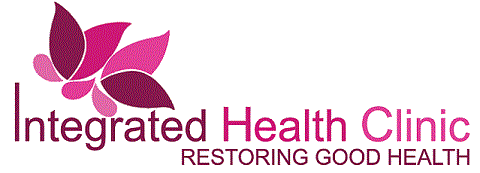Back pain is a common musculoskeletal complaint and usually originates from the muscles, nerves, bones, ligaments, tendons and vertebral discs although in some people there is no specific identifiable cause. Back pain can occur in any part of the back i.e. neck, middle back, lower back or tailbone pain. Conditions associated with back pain are; ruptured discs, sciatica, arthritis, ankylosing spondylitis, skeletal abnormalities, osteoporosis, and more rarely cancer, infection or cauda equine syndrome. Chronic back pain can be very debilitating and is one of the common causes for work absence.
Treatment of Back pain
Most back pain will resolve on its own with rest and careful attention. Over the counter pain killers will improve the pain symptom. Continuing daily activities as much as possible is a positive approach to managing it, as prolonged bed rest of more than a few days be more harmful. Conventional treatments will include pain relief, anti-inflammatory drugs and muscle relaxants. However, overuse may result in serious side effects. Other medication includes narcotics (codeine or hydrocodone) and low doses of particular antidepressants (amitryptyline). Other treatments may be physiotherapy exercises to improve flexibility and strength in the back, cortisone injections and finally surgery.
Integrative & Complementary medicine
There are a number of therapies that can be beneficial for back pain. The most effective treatment depends on the cause of the back pain.
Acupuncture is recommended by the National Institute for Health and Care Excellence (NICE) for the treatment of chronic lower back pain. It is a drug-free alternative option and over a period of time effective in back pain. Acupuncture stimulates muscles, nerves and other local tissue to release endorphins and other neurohumoral factors changing the way pain is perceived by the brain and spinal cord, thus reducing pain symptoms. Additionally, it reduces inflammation by releasing vascular and immunomodulating factors, as well as enhances micro blood circulation which helps to disperse inflammatory products.
Nutrition: It may be a surprise for people to learn that good nutrition is important when managing back pain. A healthy weight is a major factor influencing back pain. Bones, muscles, ligaments and other structures in the spine need good level of nutrients to keep them strong and functioning well. This includes; calcium, vitamin A, B, C, D, iron and magnesium.
Aromatherapy & Massage is very effective if the back pain is due to muscular tension, fatigue or spasm. Regular massage will help to re-educate the tense muscles assisting them to relax. Many of the essential oils help to reduce pain symptoms, e.g. lavender, marjoram, rosemary and eucalyptus.
Other therapy: Chiropractic, osteopathy, exercise, qi gong, yoga, acupressure, heat therapy and relaxation techniques can be very useful to reduce pain symptoms. Herbal treatments with anti-inflammatory supplements such as devil’s claw and white willow bark have shown to be effective in symptom management. Other self-management measures include improvement in posture, stretching, use of chair lower back support.
See Back exercise video Here.
Article: Tips for Back pain relief.
